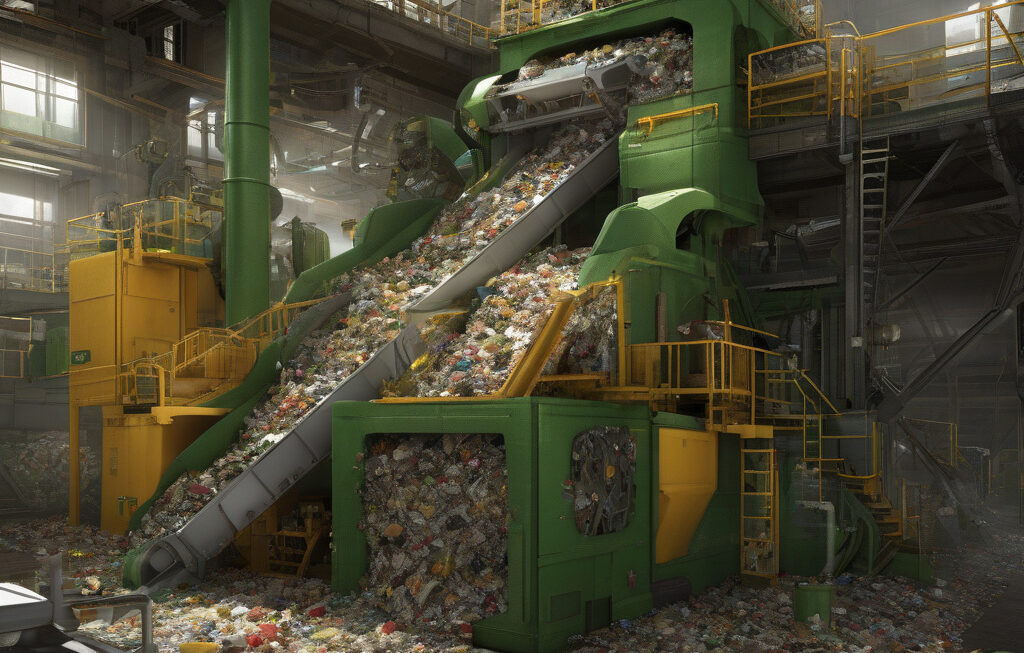From Biodiesel Waste to High-Value Solvent: The Innovation Revolutionizing Cosmetics and Fuel Industries
An innovation out of Loughborough University could change how biodiesel producers think about waste. Scientists have discovered a groundbreaking method to turn biodiesel waste into a high-value solvent that has the potential to revolutionize both the cosmetics and fuel industries.
Traditionally, biodiesel production generates glycerol as a waste byproduct. Disposing of glycerol can be costly and environmentally damaging. However, researchers at Loughborough University have found a way to transform this waste into a valuable asset.
By converting glycerol into propanediol, a versatile solvent with various industrial applications, scientists have unlocked a new revenue stream for biodiesel manufacturers. Propanediol can be used in the production of cosmetics, pharmaceuticals, and even as a component in fuel formulations.
The implications of this innovation are far-reaching. Not only does it offer a sustainable solution for managing biodiesel waste, but it also taps into lucrative markets that demand high-quality solvents. Cosmetics companies, in particular, are increasingly seeking natural and sustainable ingredients for their products. The propanediol derived from biodiesel waste aligns perfectly with this trend, offering a renewable alternative to petroleum-based solvents.
In addition to its applications in cosmetics, the high-value solvent can also enhance the performance of biofuels. By incorporating propanediol into fuel formulations, manufacturers can improve the efficiency and environmental impact of biodiesel, further solidifying its position as a viable alternative to traditional fossil fuels.
The success of this innovation lies in its ability to create value from what was previously considered a waste product. By upcycling glycerol into a sought-after solvent, scientists have demonstrated the power of innovation in transforming industries and driving sustainability.
As the demand for renewable energy sources and eco-friendly products continues to rise, solutions like the one developed at Loughborough University are poised to shape the future of multiple industries. By harnessing the potential of biodiesel waste and turning it into a high-value asset, researchers have not only addressed a pressing environmental challenge but have also opened up new opportunities for growth and innovation.
This breakthrough serves as a testament to the potential for creativity and ingenuity to drive positive change. As industries across the globe seek ways to reduce their environmental footprint and meet consumer demand for sustainable products, innovations like the conversion of biodiesel waste into high-value solvents are paving the way for a more sustainable future.
In a world where environmental consciousness and economic viability are increasingly intertwined, solutions that offer both ecological benefits and commercial value are essential. The innovation from Loughborough University exemplifies this dual impact, showcasing how a simple yet ingenious idea can lead to significant advancements in multiple sectors.
The journey from biodiesel waste to high-value solvent is a testament to the power of innovation and the boundless potential of scientific discovery. By reimagining the way we view waste products and transforming them into valuable resources, we not only create a more sustainable and circular economy but also unlock new possibilities for growth and progress.
In conclusion, the breakthrough achieved by scientists at Loughborough University underscores the importance of thinking creatively and ambitiously when it comes to addressing environmental challenges. By harnessing the untapped potential of biodiesel waste, researchers have not only developed a high-value solvent with diverse applications but have also set a new standard for sustainable innovation in the cosmetics and fuel industries.
#Biodiesel, #Innovation, #Cosmetics, #Sustainability, #RenewableEnergy












